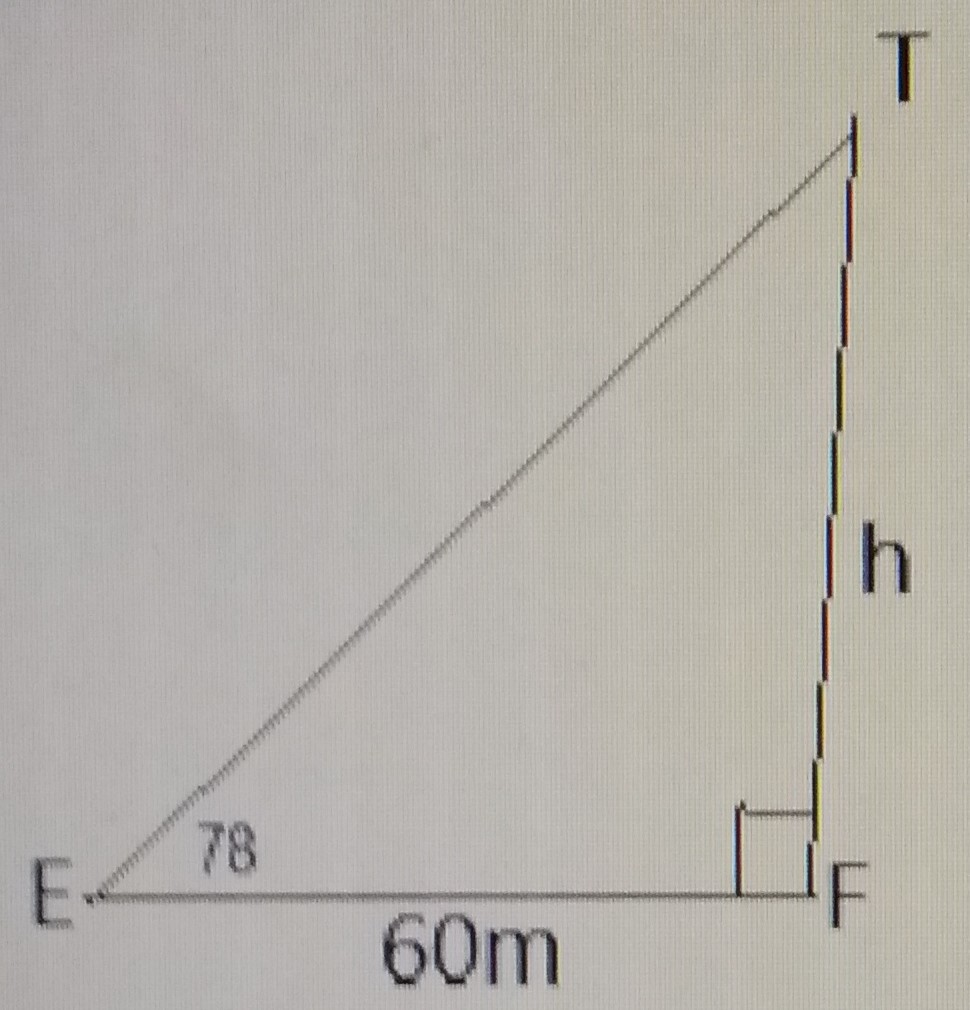The content is just an excerpt from the complete note for JSS2 Third Term Mathematics Lesson Note – Angles of Elevation and Depression. Check below to download the complete DOCUMENT
WEEK 2
TOPIC: ANGLES OF ELEVATION AND DEPRESSION
Contents:
(a) Horizontal and vertical plane.
(b) Angles of elevation and depression.
(c) Relationship between angle of elevation and depression.
(d) Measuring angles of elevation and depression.
(d) Scale drawing.
Horizontal and Vertical Plane
A horizontal plane lies (flat) in the same position as the ground while a vertical plane stand like a straight wall.
Angles of Elevation and Depression
Angle of Elevation: the angle that an observer would raise his or her line of sight above a horizontal line in order to see an object. The angle of elevation is the angle between the horizontal and the observer’s line of sight.
Angle of Depression: If the object is below the level of the observer, then the angle between the horizontal and the observer’s line of sight is called the angle of depression. If an observer were up above and needed to look down, the angle of depression would be the angle that the person would need to lower his or her line of sight.
MEASURING ANGLES OF ELEVATION AND DEPRESSION
Angles of elevation and depression can be measured with a simple instrument called Clinometers. Simple Clinometers is made from a chalk-board protractor in which a plumb-line hangs from the center of the protractor. The angle that the plumb-line makes with the 900 vertical axes when the Clinometers is placed in the observer’s direction is the angle of elevation or depression.
To gain full access to the note: DOWNLOAD FILE




